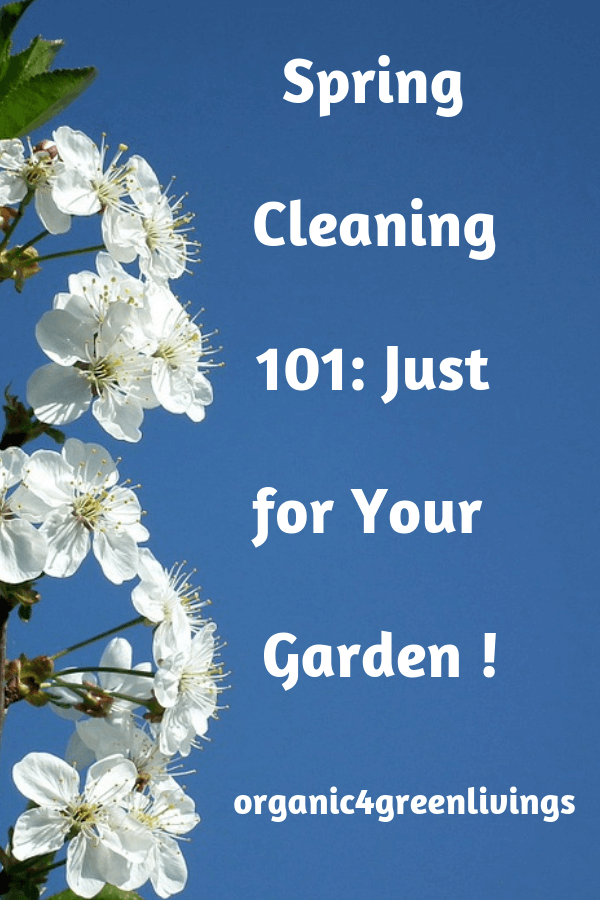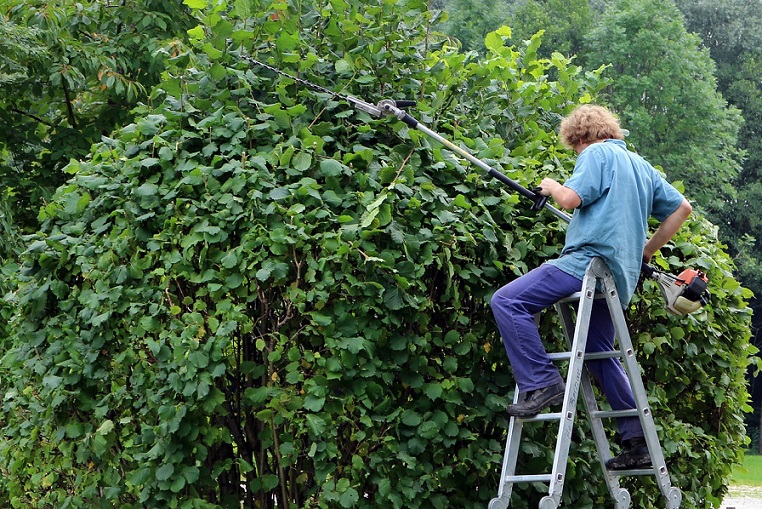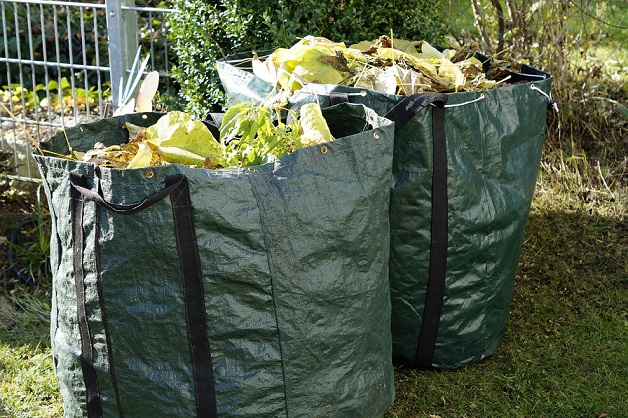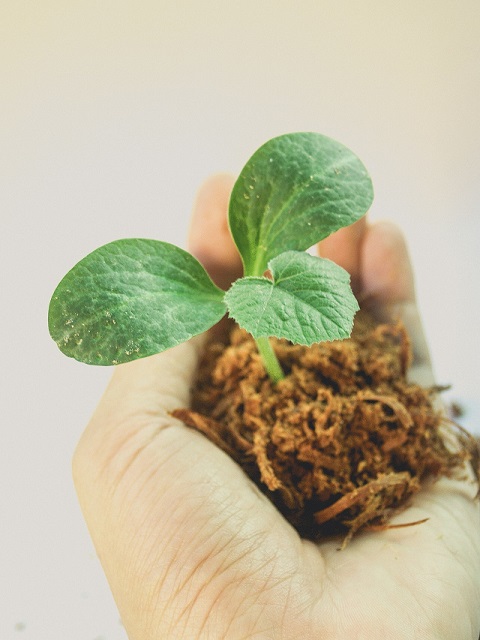Garden Spring Cleaning 101
Spring is here, and a new season means everything changes. You will notice and feel changes in temperature and daytime light, which will result in fewer layers of clothing and the transformation of your lifestyle in general. The same goes for everything else in nature. The number of outside activities is increasing on a daily basis, and more sunshine for many people equals more fun.
But during this transitional period, there are some tasks that need to be done and are not so interesting or fun, yet a necessity. Especially when it comes to a garden, that wasn’t really been taken care of properly during the winter. And before new life can grow, and you are having a barbecue party in the garden, you must invest in quality time you will be spending out there. This article will cover the most important preparatory steps.

Pruning
If you are lucky enough to have a large garden, remember that larger plants also need to be regularly maintained as well. One of the essential skills when it comes to flower, shrub and tree care is pruning. It helps in regeneration and stimulates healthy growth. Knowing when and how to correctly prune your plants is a crucial factor here. Basically, pruning means trimming and cutting parts of a plant.
It is all about keeping your plants healthy and removing all the unnecessary parts. When you have split ends, you cut your hair a bit. Pruning is done for the same reason. Whenever you see branches, roots or stems that are dead, injured or somewhat infected, it is always recommended to immediately get rid of these parts.
It can also be done for preventative reasons, in some cases related to overgrowth, while in other to different fungus and diseases in general. It is better to be safe than sorry. But also, it can be only a matter of aesthetics, for example, if you want a certain shape of a shrub or a tree.
There are various tools you can use for the process, and it all depends on your needs and the specific plant in question. Having an appropriate tool will make things considerably easier. You can choose from shears, loppers, saws and pole pruners in many variations. To get the best results and be able to reach higher branches, we recommend using a high-quality pole pruner.
It also helps to use some DIY gardening pest control methods to help keep your garden healthy and natural without using any chemicals.

Put your gloves on
The initial step will largely depend on what you did in the fall, so if you weren’t lazy this will all be much easier. First of all, don’t start the cleanup when the ground is still muddy, you are likely to endanger the roots and stems of new plants. And you are not helping the soil with walking around it when it’s still wet, because you will cause unnecessary compression of the soil, causing it to be less fertile due to roots not being able to spread easily.
Put your gloves on and get rid of stuff that simply does not belong there, such as pieces of trash, plastic bags, and broken glass. Same goes for fallen branches and any other debris that ended up there during winter. This is a crucial step and if skipped, can cause a major problem later, due to such things preventing healthy grass to grow.

It is now time to take care of the stems, dead plants, and leaves, and not only because it looks bad, but it is also extremely inconvenient and unhealthy for the growth of new plants. Furthermore, some of the long-term problems caused by dead leaves include many different types of fungi you simply do not want to deal with later in the season.
You should now cut the perennial stems that were left over during winter. Collect them in a trash bag, with the rest of dead leaves, but do not throw it out, because we will need this later. The following step is thoroughly raking your lawn and by doing so removing the remaining, smaller pieces of branches, twigs and dead leaves.
Garden beds
Hydration is the most important factor for almost all life forms and a big part of the process here. Before fertilizing the soil, you need to collect weeds. Here is where hydration is really needed because if you don’t hydrate it enough, you are likely to take whole patches of dry soil with them.
You can save some money and take the best possible care of the soil in your flower beds just by using natural fertilizers and composts. And the best part is, you already have it, from the previous step of cleanup. Chop the perennial stems into smaller pieces and use the materials collected to enhance the fertility in your flower beds. Nature will take of everything, they will decompose with the help of rain, insects and other microorganisms. And it is all completely organic, without any unnecessary chemicals.

Still, you need to take off the thick layer of leaves off flower beds as a step one. Then just chop and drop, and you’re done. And you will get rid of the trash you’ve collected, killing two birds with one stone. This will act as a layer of mulch and enhance the quality of the soil. Check the condition of your existing plants and if needed, consider replanting flower beds. If you are a serious gardener, put some worms to activate the soil by providing good bacteria and better nutrition of plants.
Conclusion
Your garden is a living thing. It needs to be cared for, it needs water, food, vitamins, care, and love. If you want to enjoy spending time in it, you need to maintain it properly. A healthy garden requires serious maintenance and constant understanding. Make sure you divide work to seasons and it will make your life easier and your plants healthier. Check your tools for rust every once in a while, and never do garden work without your gloves. Just remember to prune regularly, work hard, and be patient.

Great post! I’m new to gardening and needed some guidance on what to do this spring. Thanks for sharing your experience.
HI Rose,
I hope my article helps you with your garden and please come back and check for updates on living green in every way. Glad to help. Thanks for stopping by and commenting. Have a healthy, happy & blessed day!